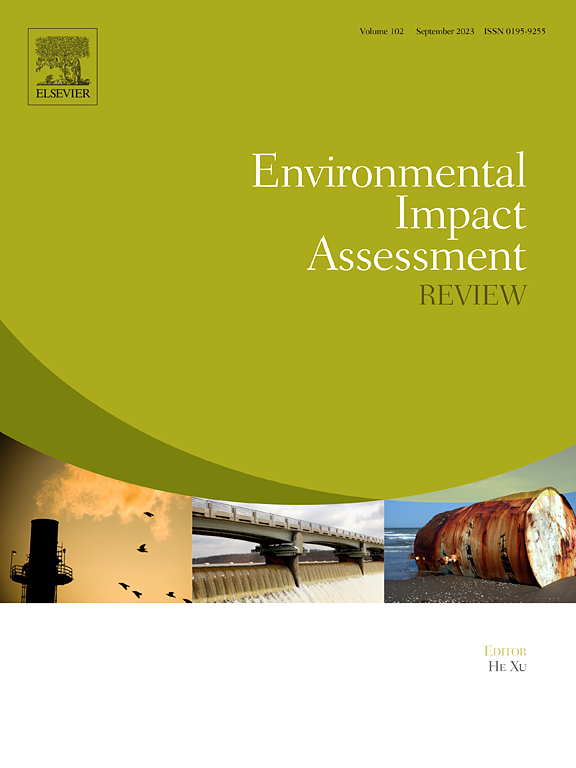Bridging prediction and causality in environmental justice: Evaluating superfund impacts with explainable AI and econometrics
IF 9.8
1区 社会学
Q1 ENVIRONMENTAL STUDIES
引用次数: 0
Abstract
This study presents an integrated framework combining causal inference and explainable machine learning to evaluate both the determinants and effects of environmental remediation under the U.S. Superfund program. Using a nationwide panel of census tracts from 1970 to 2019, we apply a doubly robust Difference-in-Differences (DiD) model with inverse probability weighting to estimate the causal impact of Superfund designation on neighborhood socioeconomic outcomes. Concurrently, we develop a predictive model using XGBoost and SHAP to uncover the structural features that drive site designation. Our findings reveal that Superfund sites are disproportionately placed in tracts with lower income, older housing stock, higher industrial activity, and greater minority presence—patterns consistent with environmental injustice. Post-treatment analysis shows moderate but significant gains in income, housing turnover, and labor participation. By comparing predictive salience with causal responsiveness, we identify aligned, divergent, and mixed features—highlighting where policy is both well-targeted and effective, and where structural inequalities persist. This dual-inference approach offers novel insight into the design, evaluation, and equity of environmental interventions.
在环境正义中架起预测和因果关系的桥梁:用可解释的人工智能和计量经济学评估超级基金的影响
本研究提出了一个综合框架,结合因果推理和可解释的机器学习来评估美国超级基金项目下环境修复的决定因素和效果。使用1970年至2019年的全国人口普查区面板,我们应用具有逆概率加权的双鲁棒差分(DiD)模型来估计超级基金指定对社区社会经济结果的因果影响。同时,我们使用XGBoost和SHAP开发了一个预测模型,以揭示驱动站点指定的结构特征。我们的研究结果表明,超级基金的地点不成比例地位于收入较低、住房存量较旧、工业活动较多、少数民族存在较多的地区——这些模式与环境不公正相一致。治疗后分析显示,收入、住房周转率和劳动参与率均有适度但显著的增长。通过比较预测显著性和因果响应性,我们发现了一致的、分歧的和混合的特征——突出了政策既有针对性又有效的地方,以及结构性不平等持续存在的地方。这种双重推理方法为环境干预的设计、评估和公平性提供了新的见解。
本文章由计算机程序翻译,如有差异,请以英文原文为准。
求助全文
约1分钟内获得全文
求助全文
来源期刊

Environmental Impact Assessment Review
ENVIRONMENTAL STUDIES-
CiteScore
12.60
自引率
10.10%
发文量
200
审稿时长
33 days
期刊介绍:
Environmental Impact Assessment Review is an interdisciplinary journal that serves a global audience of practitioners, policymakers, and academics involved in assessing the environmental impact of policies, projects, processes, and products. The journal focuses on innovative theory and practice in environmental impact assessment (EIA). Papers are expected to present innovative ideas, be topical, and coherent. The journal emphasizes concepts, methods, techniques, approaches, and systems related to EIA theory and practice.
 求助内容:
求助内容: 应助结果提醒方式:
应助结果提醒方式:


